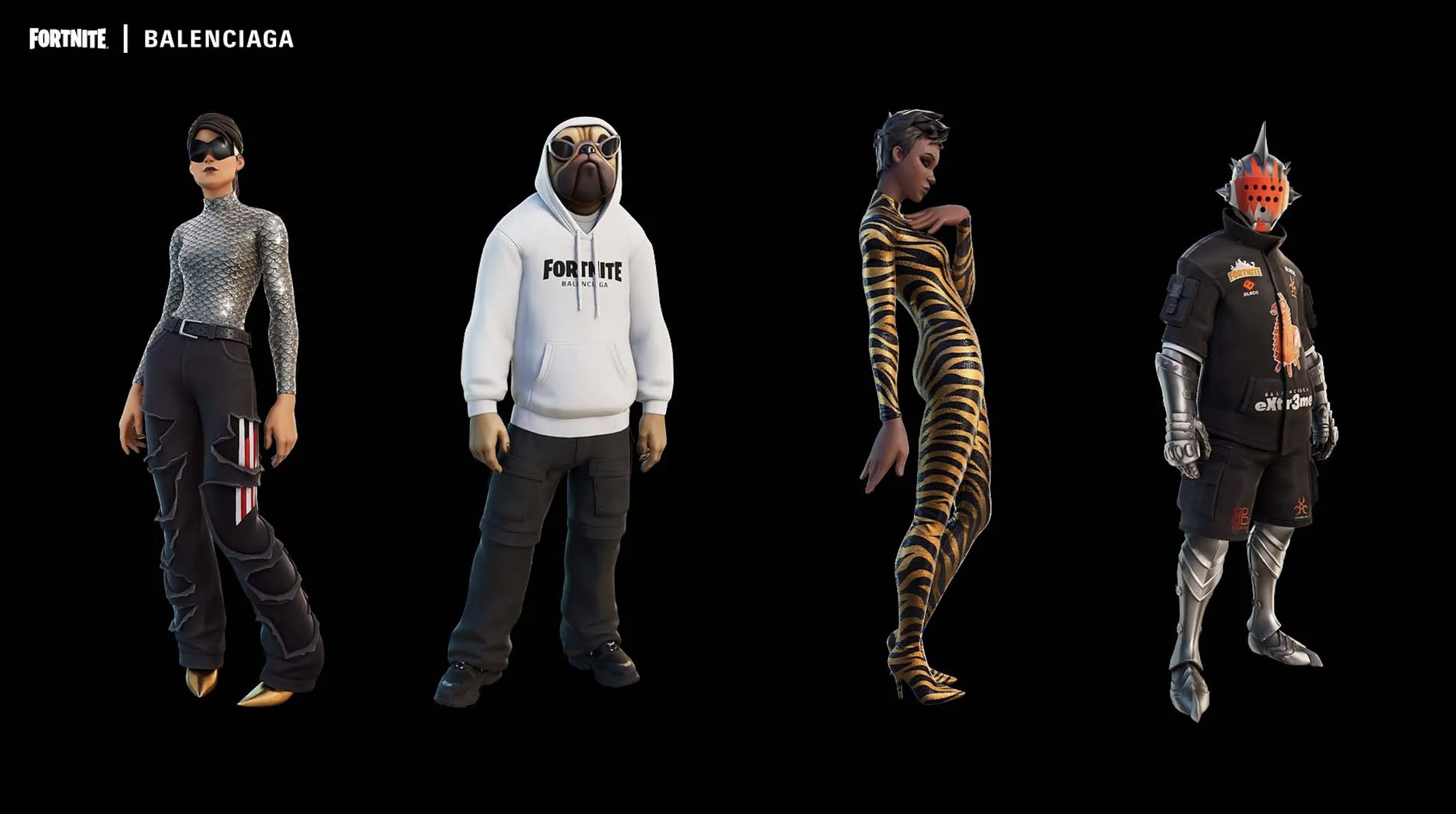WHY DIGITAL FASHION WON'T DISRUPT OUR LAUNDRY DUTY.
There's a belief that digital fashion could one day replace people's needs for real clothes. However, this perspective seems held mainly by the same people benefiting from the rise of digital fashion.
I ain't no fashionista; my closet consists of a small selection of dark jeans and t-shirts, I still don't get why chunky sneakers are a thing, and the only couture garment I have owned was my baby blanket. But deep down, the act of not caring about what I wear still says a lot about who I am as a person.
Like it or not, fashion plays a significant role in our society and affects the social aspects of culture. Fashion, in general, allows us to display our personality and identity.
Still, the industry hasn't been immune to the effects of COVID-19. The social life change and the economic uncertainty mean clothing sales are plummeting. At the same time, more and more consumers are voicing their concerns about the industry's impact on the planet.
Luxury brands are now reaching out to new customers by offering "digital goods" in an attempt to find new revenue channels.
Digital Fashion is the visual representation of clothing built using computer technologies and 3D software. So far, there are three forms of application- digital tailor, AR technology and in-game applications.
Digital Tailor: To wear digital clothing, you need to upload a photo – the one in which you want to see yourself in a new outfit, and they will send you back the image with the over imposed garment on you.
Source: Vogue Business
AR: An AR filter that over imposes the garment on you in real-time.
Source: Safiya Nygaard
In-game: The character or avatar can wear the garments in the game.
Balenciaga + Fornite partnership
To give you a better perspective of why this is such a huge area of opportunity, here are some striking stats:
3 billion people play video games
46% are women
Total industry revenue for 2021 was 180 billion.
Gamers spend 100 billion dollars a year on virtual goods.
It's fair to say that this new trend, for now, attracts only a niche crowd. The main reason why some of these luxury brands have been able to transition to digital offerings is because they represent something beyond physical clothes - an idea or status symbol. This new platform allows them to offer status symbols, for a more affordable price, to an entirely new target audience that can't afford their physical products, not to mention its low production and labour costs benefits.
There's a belief that digital fashion could one day replace people's needs for real clothes. However, this perspective seems held mainly by the same people benefiting from the rising digital fashion profile. The fashion industry has been really good at selling fantasies, and from my perspective, this seems like another attempt to distract us from the industry's broader issues.
At the end of the day, the people behind the digital fashion movement state that fashion itself is an emotional experience and there's no need for physicality for that. The issue with this belief, at least in the current state of affairs, is that there's a huge difference between the physical and digital emotions we get from wearing clothes.
With digital clothes and collectibles, there is no real-time rush of confidence, no twirl of exhilaration. These designs, after all, are digital files for public consumption without any material indulgence.
I believe that this is a case where the storytelling is getting ahead of reality. For digital fashion to become ubiquitous, there needs to be a place for people to show it off while replicating the same feelings we get from wearing something in real life. Even though I would love to spend less time doing laundry, I don't see myself replacing my real jeans with digital ones. For now, we should treat the business of digital fashion and traditional fashion as two completely different industries.




